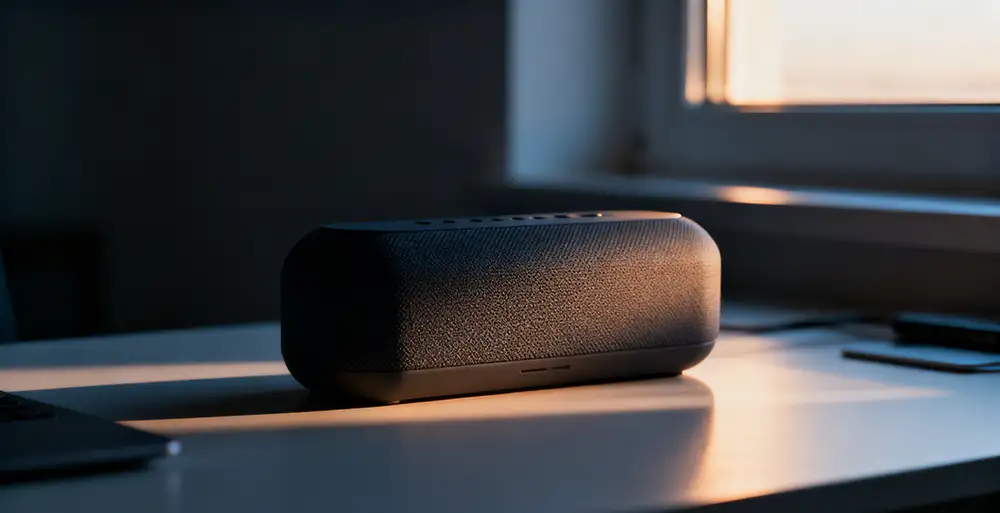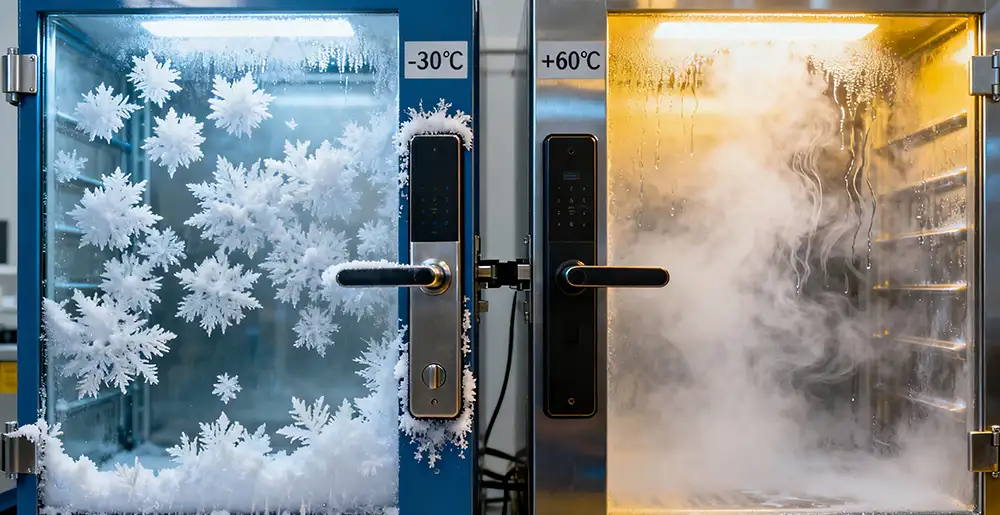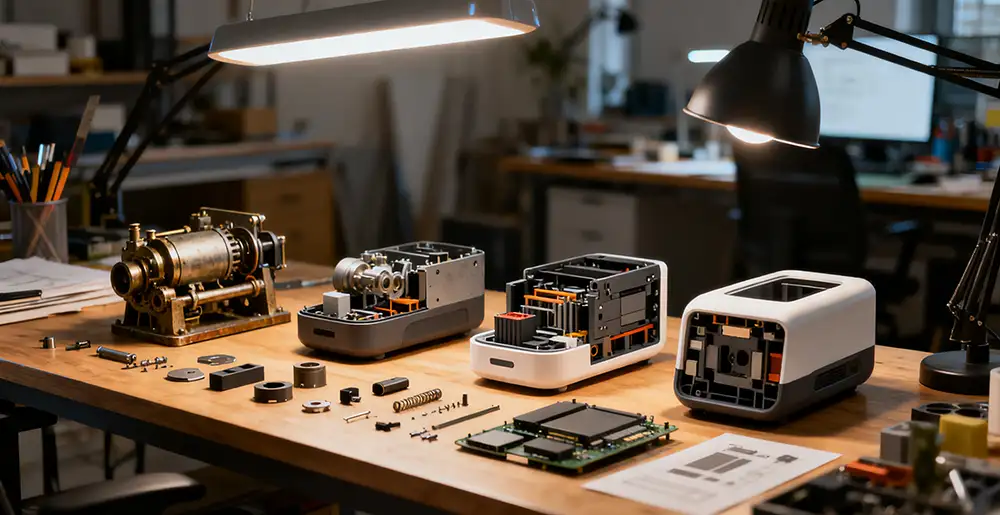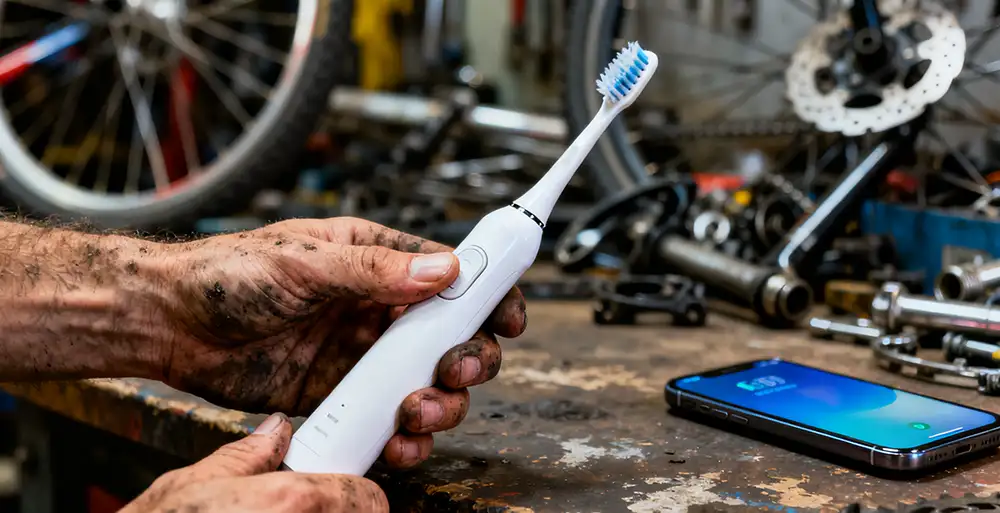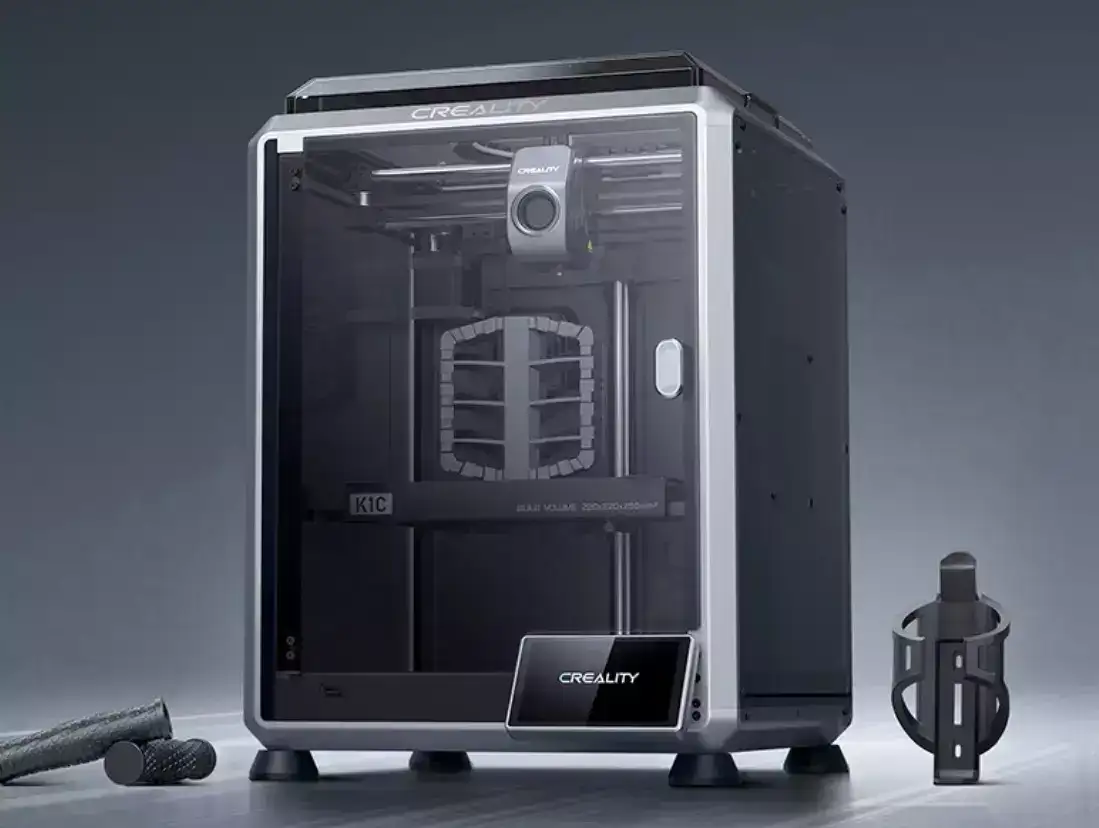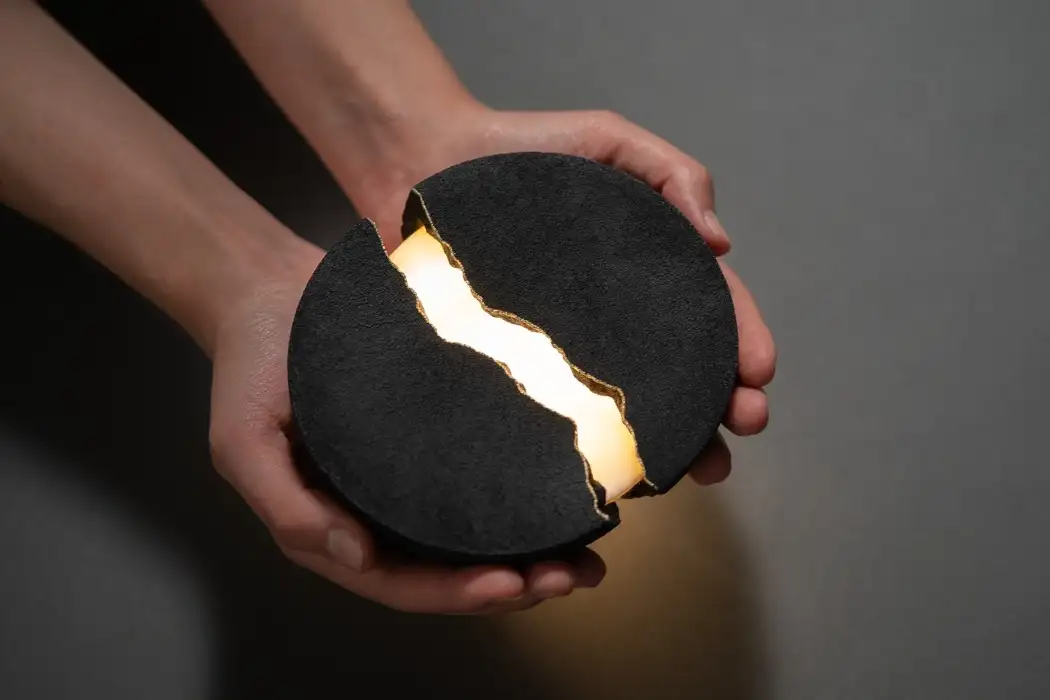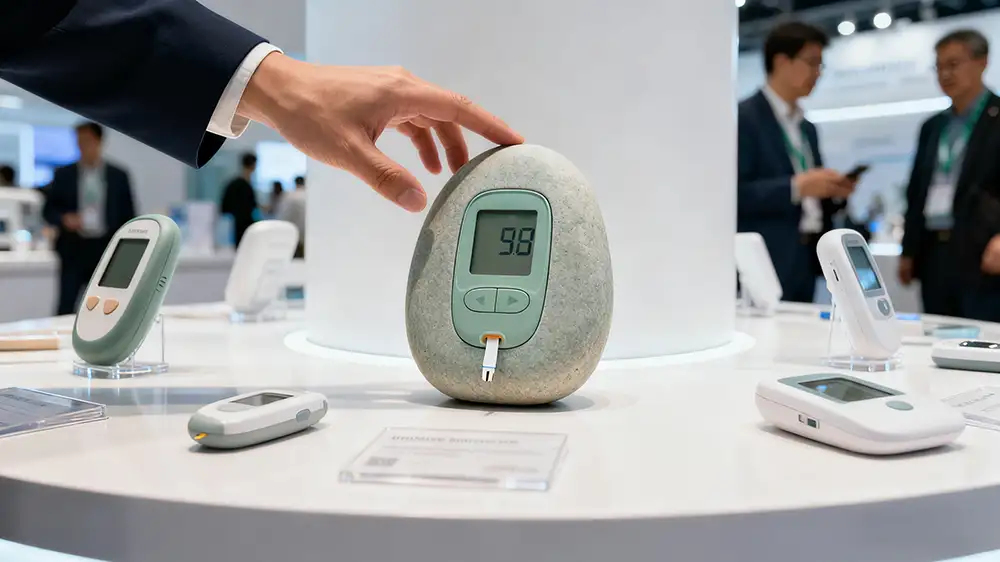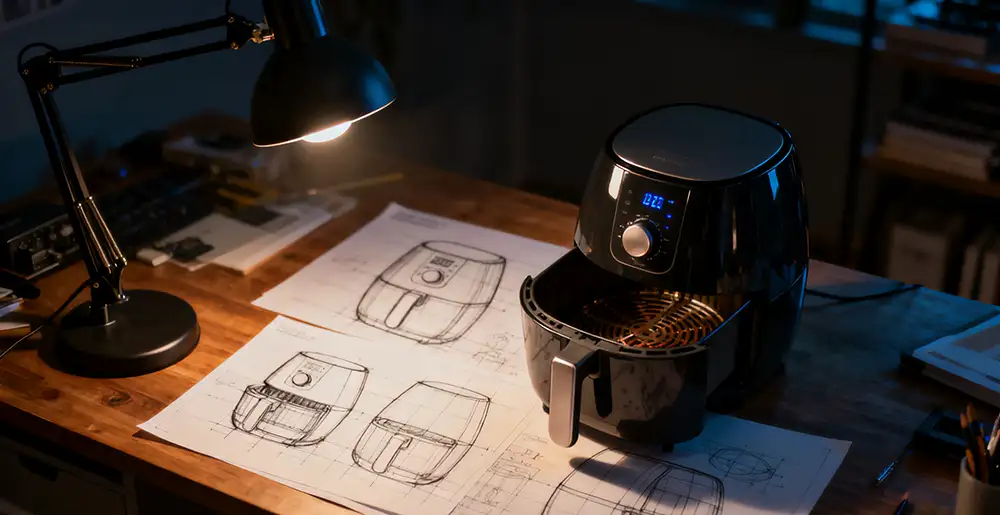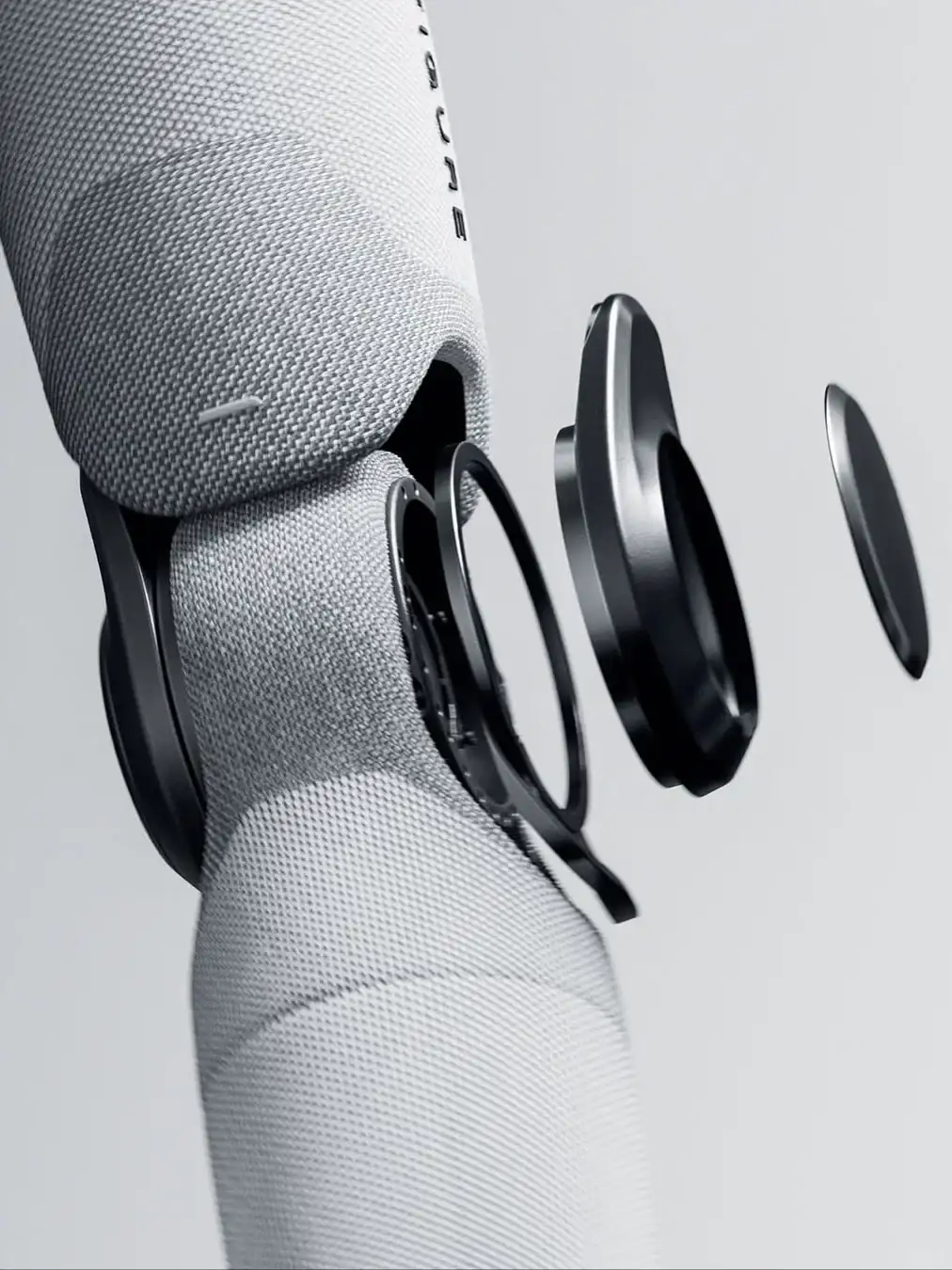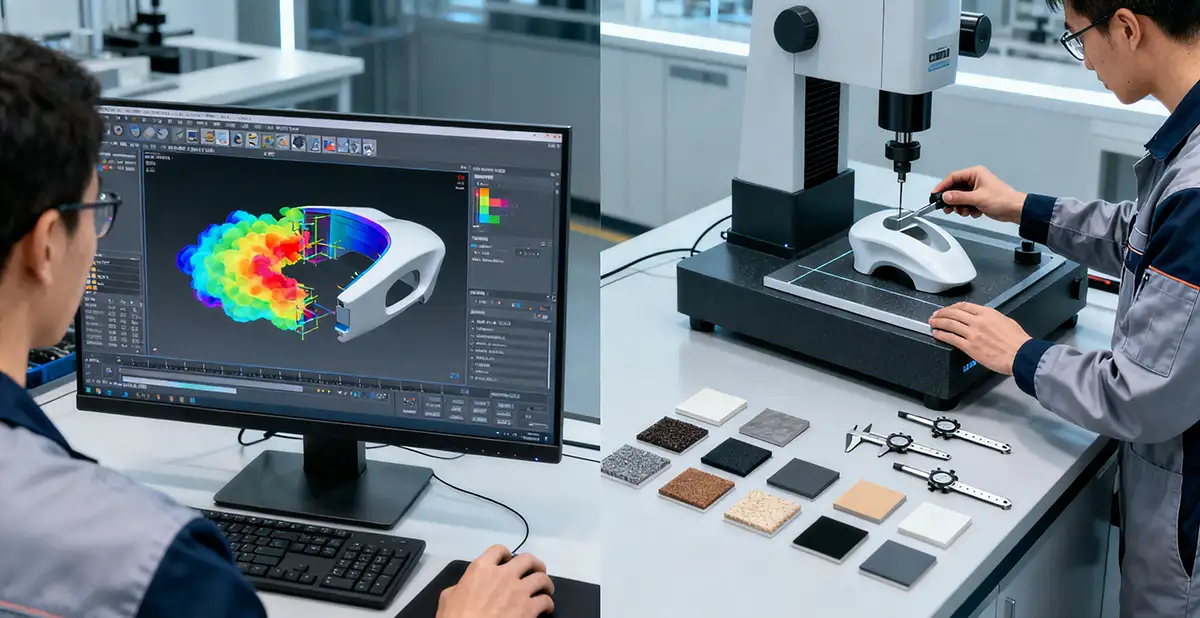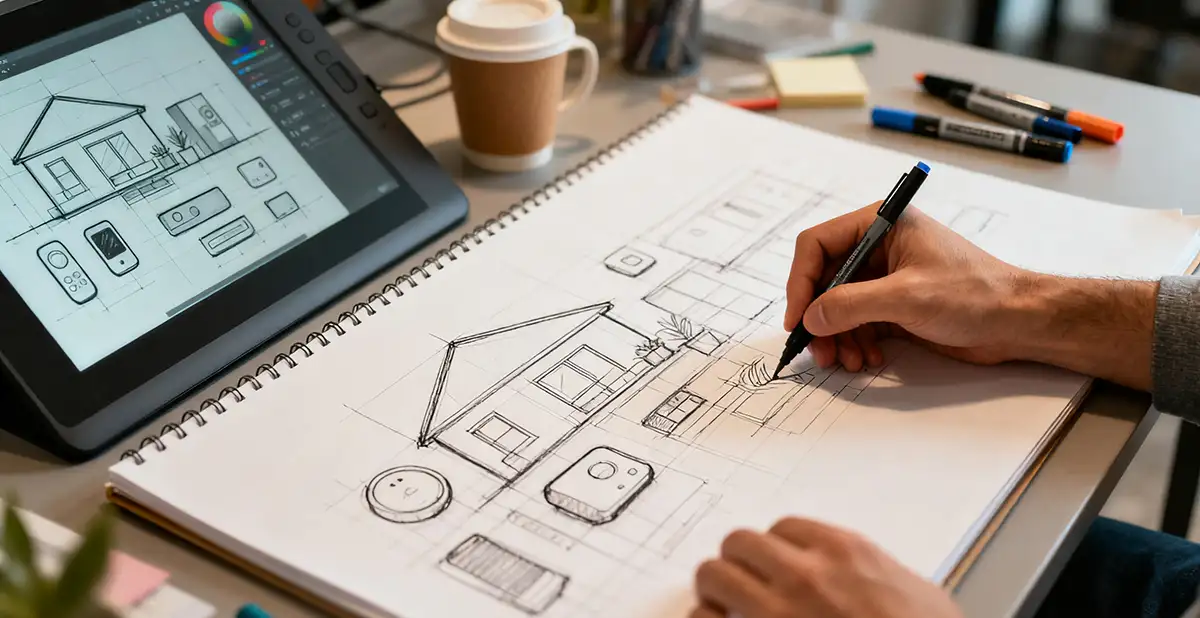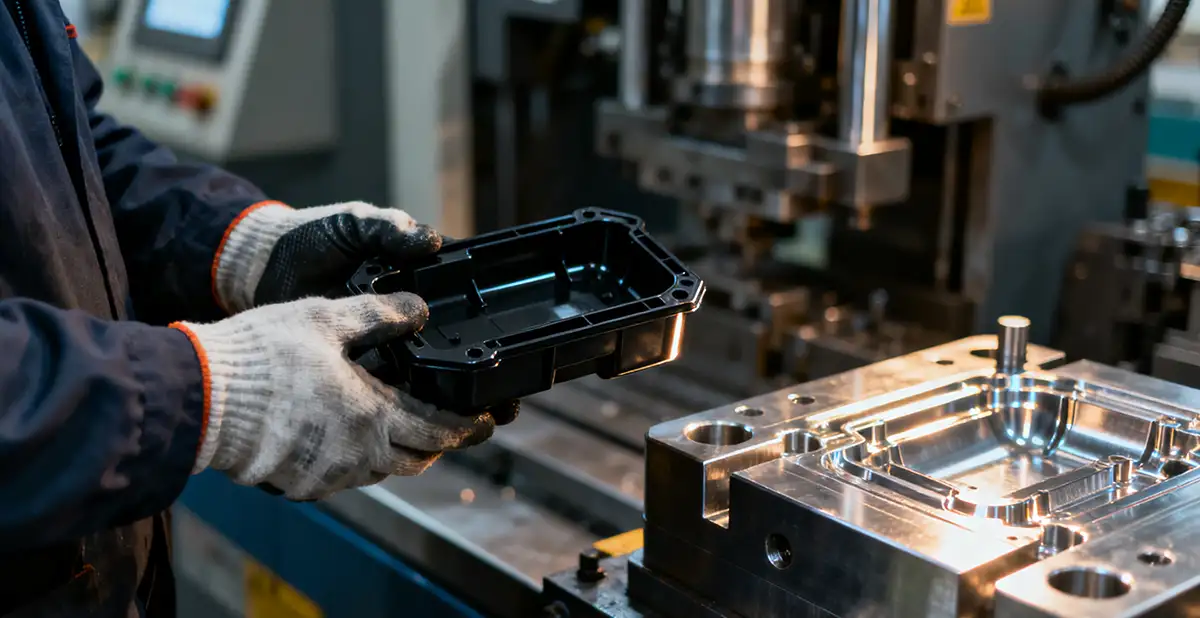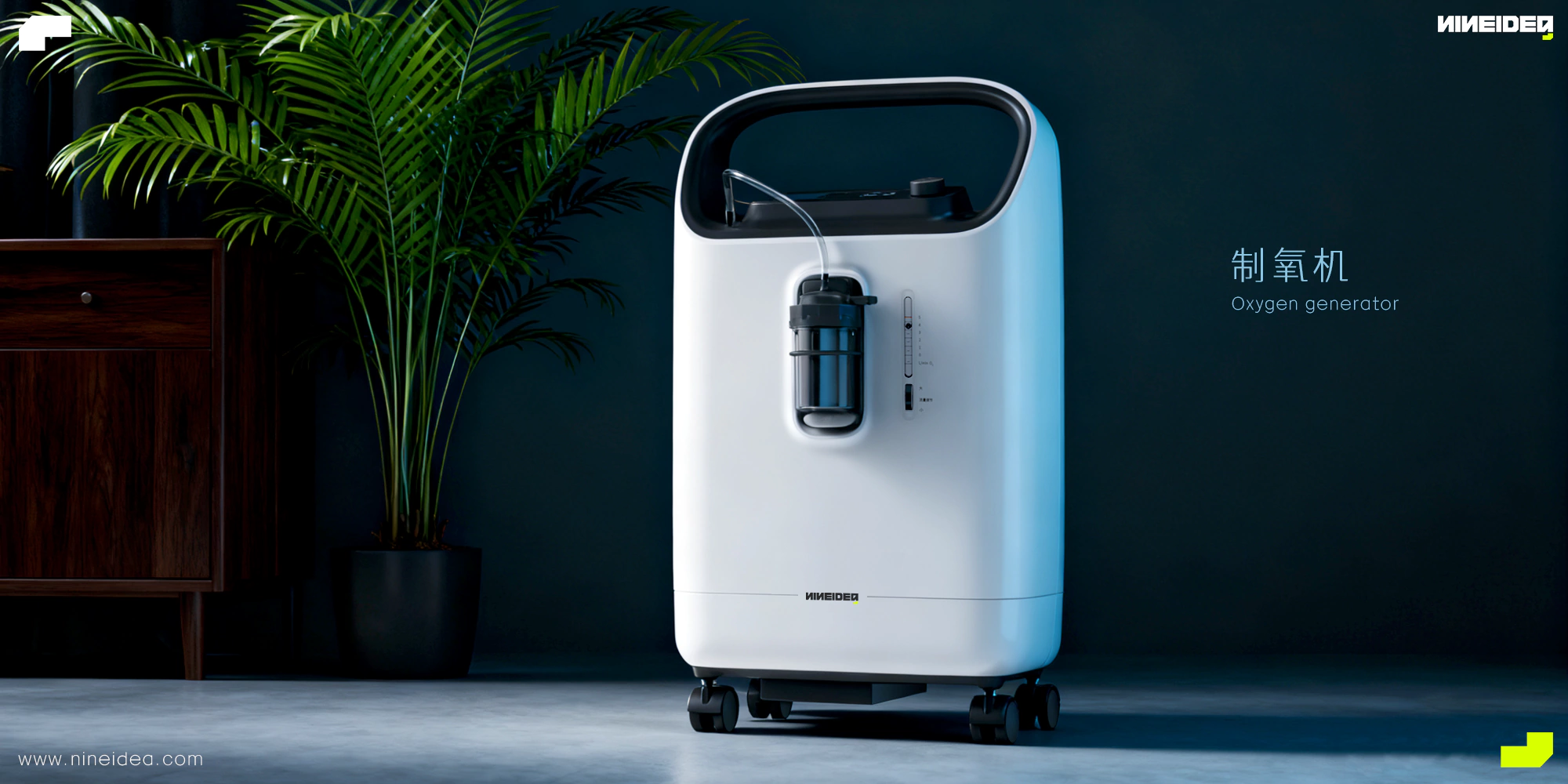NINEIDEA:深圳工业设计公司数量众多,各类工业设计机构约 2.2 万多家,其中工业设计专业公司有 1400 多家。主要业务类别及大致比例如下:
消费电子类:约占 30%。涵盖手机、平板电脑、智能手表、耳机、智能音箱等产品设计。消费电子产品更新换代快,对外观设计、功能集成和用户体验要求高,该领域的设计公司需要紧跟科技潮流,不断创新设计理念和方法,以满足市场需求。
医疗类:约占 20%。包括医疗设备如超声诊断仪、手术器械、医用电子产品如监护仪等的设计。医疗产品设计需要高度的专业性和安全性,设计公司要与医疗专业人员紧密合作,了解医疗流程和需求,注重产品的易用性、可靠性和卫生性。
家电类:约占 15%。涉及空调、冰箱、洗衣机等大家电以及电饭煲、吹风机等小家电的设计。家电产品注重功能性、美观性和与家居环境的协调性,设计公司需要考虑不同用户群体的需求和审美,同时要关注节能、环保等趋势。
智能装备与机器人:约占 15%。例如工业机器人、自动化生产线、智能仓储设备等设计。这类产品的设计需要结合机械工程、自动化控制等多学科知识,注重产品的稳定性、高效性和智能化程度,以提高生产效率和质量。
家居与家具类:约占 10%。包含家具、家居饰品、智能家居系统等设计。家居产品设计强调舒适性、个性化和空间利用,要考虑不同风格的家居装修需求,以及与智能化技术的融合,为用户打造便捷、舒适的居住环境。
其他类别:约占 10%。包含交通工具、文体用品、珠宝饰品等设计。这些领域的设计需求多样,需要根据不同产品的特点和目标用户群体,进行个性化的设计,注重产品的创新性、文化内涵和时尚感。
深圳工业设计公司的现状如下:
优势
规模与实力领先:深圳作为 “设计之都”,工业设计发展规模、水平和国际化程度领先全国。拥有国家级工业设计中心 13 家、省级超 100 家,还有众多市级工业设计中心。
专业力量雄厚:2021 年获评工信部全国首批工业设计特色类服务型制造示范城市,2022 年工业设计总产值达 450 亿元。工业设计专业公司中近 50% 获得国家、省、市各级高新科技企业认定。
国际影响力突出:从 2012 年至今,深圳企业和设计师累计获得 iF 设计奖、红点设计奖数量,居全国大中城市首位,在国际设计舞台上具有较高的知名度。
产业融合度高:设计与科技、艺术、工业、时尚等深度融合,为各产业提供了强大的创新驱动力,推动了产业转型升级,形成了完整的设计生态体系。
政策支持力度大:政府出台了一系列政策扶持工业设计发展,如《深圳市 “设计之都” 建设行动计划(2024—2026 年)》,为工业设计公司提供了良好的发展环境。
挑战
技术差距:在人工智能设计研发应用等前沿技术领域,与欧美等发达国家和地区相比仍存在一定差距,需要加大研发投入和技术创新。
人才问题:虽然设计师数量众多,但人才结构有待进一步优化,高端创新人才和应用型技术人才的储备仍显不足,难以满足产业快速发展的需求。
创新问题:部分企业原创设计能力不足,产品同质化现象较为严重,在国际市场上缺乏具有自主知识产权和核心竞争力的品牌,头部设计机构的国际话语权还有待提升。
融合问题:尽管设计与产业融合取得了一定成果,但仍存在 “信息孤岛” 现象,不同行业、不同领域之间的协同创新还不够紧密,需要进一步加强沟通与合作。
@NINEIDEA九号创新 www.nineidea.com
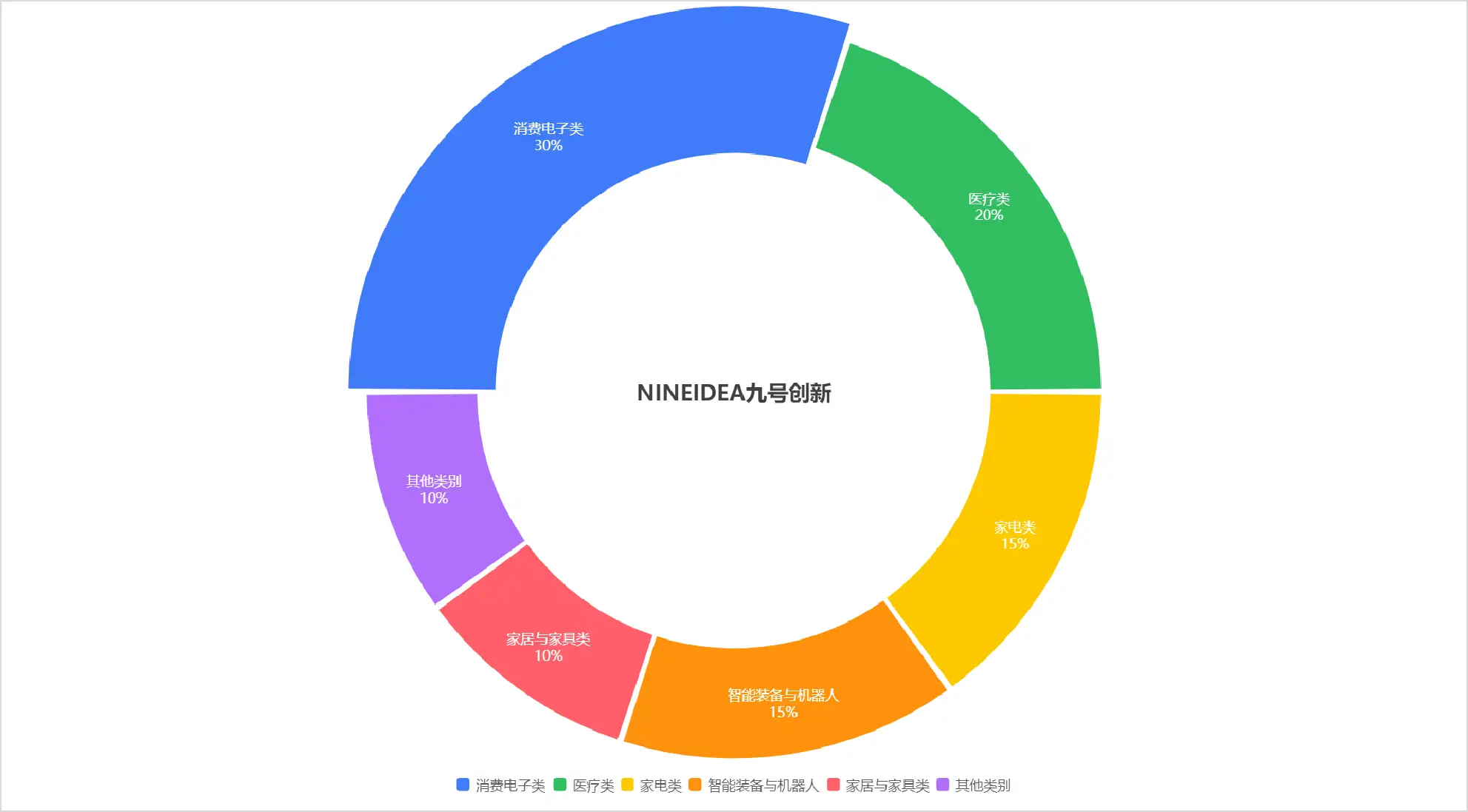
The Current Situation of Shenzhen Industrial Design Companies
NINEIDEA: There are a large number of industrial design companies in Shenzhen. There are more than 22000 industrial design organizations of all kinds, including more than 1400 professional industrial design companies. The main business categories and approximate proportions are as follows:
Consumer electronics: about 30%. Covering product design for mobile phones, tablets, smartwatches, headphones, smart speakers, and more. Consumer electronics products are updated rapidly, with high requirements for appearance design, functional integration, and user experience. Design companies in this field need to keep up with technological trends, constantly innovate design concepts and methods to meet market demand.
Medical category: about 20%. Including the design of medical equipment such as ultrasound diagnostic devices, surgical instruments, and medical electronic products such as monitors. Medical product design requires a high degree of professionalism and safety. Design companies should work closely with medical professionals, understand medical processes and requirements, and focus on product usability, reliability, and hygiene.
Household appliances account for approximately 15%. Design of household appliances such as air conditioners, refrigerators, washing machines, as well as small appliances such as rice cookers and hair dryers. Home appliances focus on functionality, aesthetics, and coordination with the home environment. Design companies need to consider the needs and aesthetics of different user groups, while also paying attention to trends such as energy conservation and environmental protection.
Intelligent equipment and robots account for approximately 15%. For example, the design of industrial robots, automated production lines, intelligent warehousing equipment, etc. The design of such products requires a combination of interdisciplinary knowledge such as mechanical engineering and automation control, with a focus on product stability, efficiency, and intelligence to improve production efficiency and quality.
Home and furniture category: accounting for about 10%. Including the design of furniture, home accessories, smart home systems, and more. Home product design emphasizes comfort, personalization, and space utilization, taking into account different styles of home decoration needs and the integration with intelligent technology to create a convenient and comfortable living environment for users.
Other categories: approximately 10%. Including designs for transportation, cultural and sports equipment, jewelry, and other items. The design requirements in these fields are diverse, requiring personalized design based on the characteristics and target user groups of different products, emphasizing product innovation, cultural connotation, and fashion sense.
The current situation of Shenzhen Industrial Design Company is as follows:
advantage
Leading in scale and strength: As the “capital of design”, Shenzhen leads the country in terms of industrial design development scale, level, and internationalization. We have 13 national level industrial design centers, over 100 provincial-level centers, and numerous city level industrial design centers.
Strong professional strength: In 2021, it was awarded the first batch of national industrial design characteristic service-oriented manufacturing demonstration cities by the Ministry of Industry and Information Technology. In 2022, the total output value of industrial design reached 45 billion yuan. Nearly 50% of industrial design companies have been recognized as high-tech enterprises at the national, provincial, and municipal levels.
Outstanding international influence: Since 2012, Shenzhen enterprises and designers have won a total of iF Design Awards and Red Dot Design Awards, ranking first among large and medium-sized cities in China, and have a high reputation on the international design stage.
High degree of industrial integration: The deep integration of design with technology, art, industry, fashion, etc. provides strong innovation driving force for various industries, promotes industrial transformation and upgrading, and forms a complete design ecosystem.
Strong policy support: The government has introduced a series of policies to support the development of industrial design, such as the “Shenzhen City of Design” Construction Action Plan (2024-2026), which provides a favorable development environment for industrial design companies.
challenge
Technological gap: There is still a certain gap compared to developed countries and regions such as Europe and America in cutting-edge technology fields such as artificial intelligence design, research and development, and application. It is necessary to increase research and development investment and technological innovation.
Talent issue: Although there are many designers, the talent structure needs further optimization, and the reserve of high-end innovative talents and applied technical talents is still insufficient to meet the needs of rapid industrial development.
Innovation issues: Some enterprises lack original design capabilities, and there is a serious phenomenon of product homogenization. They lack brands with independent intellectual property rights and core competitiveness in the international market, and the international discourse power of top design agencies still needs to be improved.
Integration issue: Although some achievements have been made in the integration of design and industry, there still exists the phenomenon of “information silos”, and the collaborative innovation between different industries and fields is not close enough. Further communication and cooperation need to be strengthened.
@NINEIDEA九号创新 www.nineidea.com













